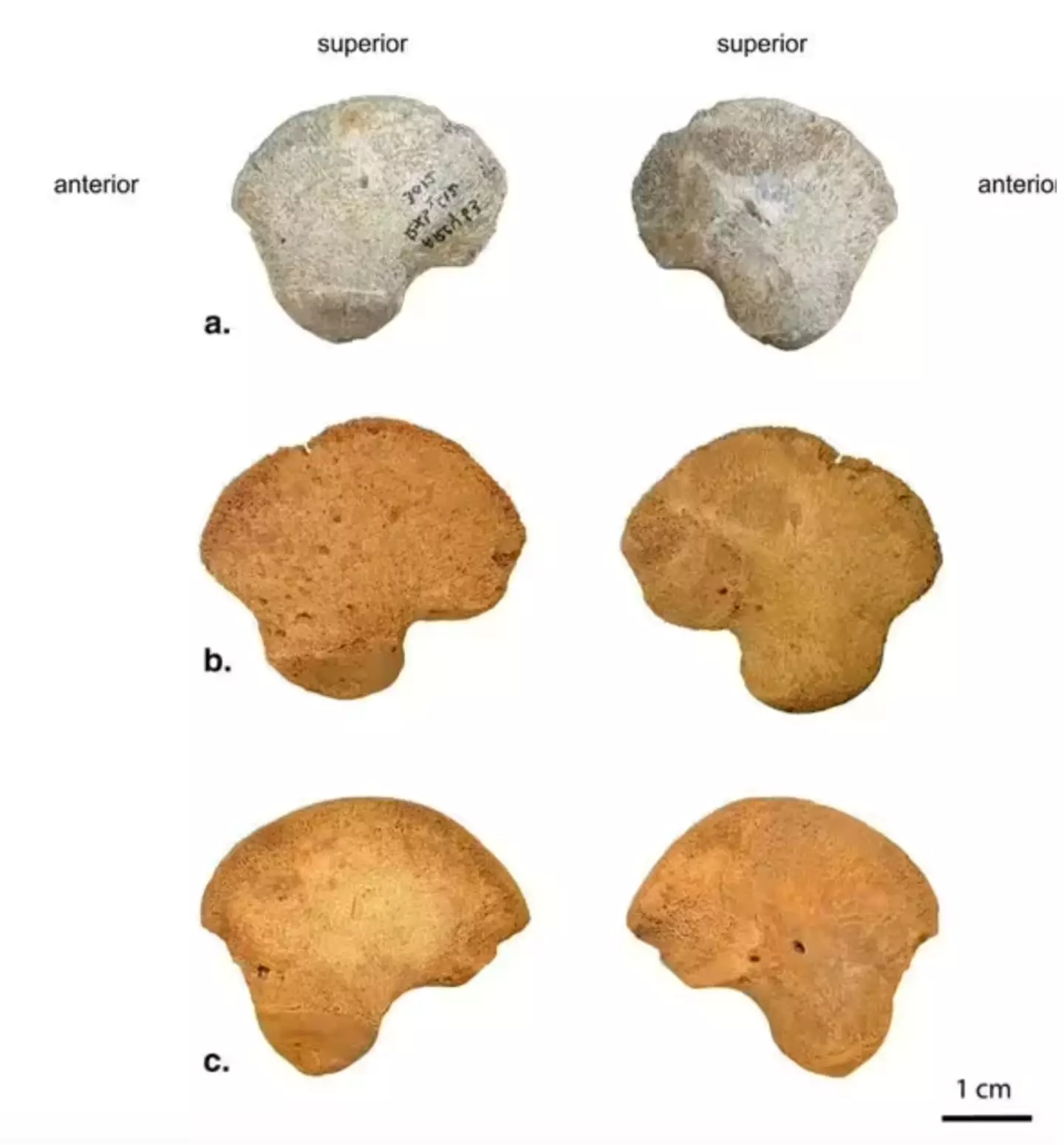
A bone that was excavated from a cave in France decades ago has recently been analysed and the findings are fascinating.
The bone in question was a hip bone, known as the ilium, discovered in the Grotte du Renne cave complex, a vast Paleolithic site considered to be one of the best in Europe.
As well as the remains of Neanderthals - a subspecies of archaic humans who lived in Eurasia until about 40,000 years ago - found in the lower layers of the caves, the upper layers represent a time when anatomically modern humans inhabited the area
Advert
But, most interesting of all, a layer has been discovered that suggests a period where both hominids co-existed.
The ilium bone found is one of three pieces that make up the human pelvis and is believed to have belonged to a newborn. After a thorough analysis the bone was compared with 31 contemporary humans and two Neanderthals but didn't fully match up with either, looking to be some sort of hybrid.

The team of archeologists believe that the bone has clear lineage of Homo Sapiens, but differs slightly from anatomically modern humans and the bones we typically see on skeletons today - suggesting a potentially unknown human species.
Advert
Detailing their findings, the group of researchers wrote in their paper: "Our results indicate a morphological distinction between the ilia of Neanderthals and anatomically modern neonates.
"Although AR-63 is slightly outside recent variability, it clearly differs from the Neanderthals. We propose that this is due to its belonging to an early modern human lineage whose morphology differs slightly from present-day humans."
A number of stone tools were also discovered in the cave's layer known as the 'techno-cultural complex'.
The tools represented flints and other similar objects that would have required skills and techniques learned from one culture to another.

This crossover could indicate a time when Neanderthals and anatomically modern humans co-existed for thousands of years.
Advert
This isn't the first time discovered human remains have altered our perception of history.
Some facial bones dating back 1.4 million years were discovered at the Sierra de Atapuerca excavation site near Burgos, Spain.
Archaeologist Aurora Martin, general coordinator of the Museum of Human Evolution in Burgos, said: "Until 1994, it was known that there were no ancient human species in Europe until 500,000 years ago.
"Now we’re talking about 1.4 million years ago. In other words, we pushed back the evolution of humans in Europe 1 million years,”
Topics: Science, World News